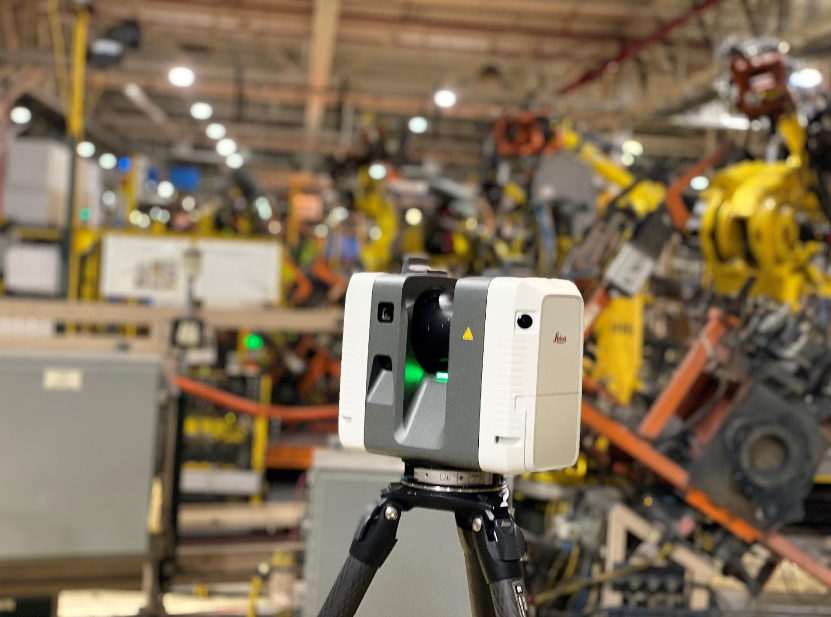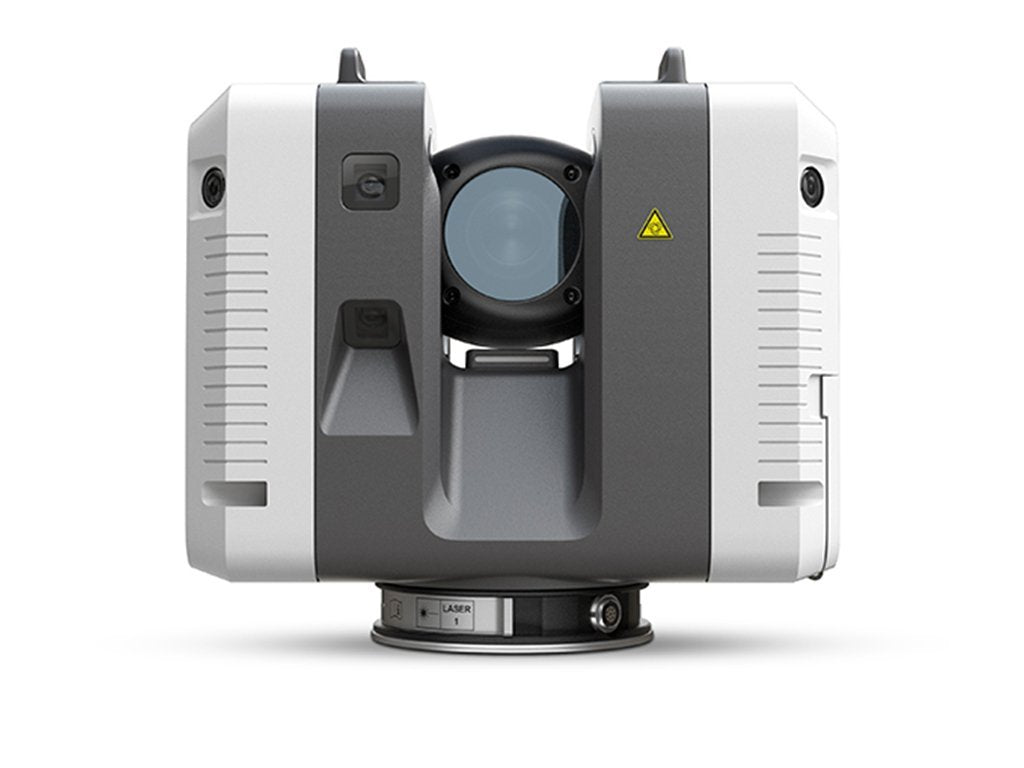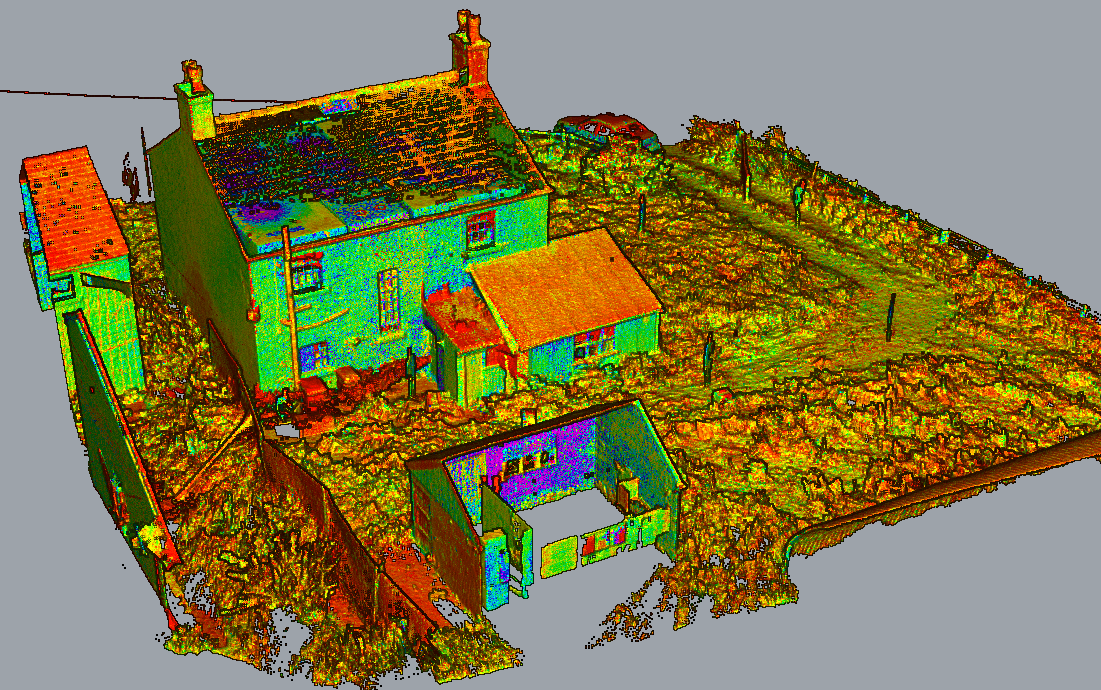How 3D Laser Scanning Transforms Architectural Style and Building Projects
3D laser scanning is changing the landscape of architectural layout and construction. This technology provides unequaled accuracy in catching existing atmospheres, which promotes better job preparation and execution. It decreases errors while improving performance in numerous stages of development. The implications for cooperation among engineers, designers, and other stakeholders are significant. These innovations unlock to new design possibilities and cutting-edge remedies. What exists in advance for this evolving technology?
The Principles of 3D Laser Scanning Modern Technology
Although 3D laser scanning modern technology may appear complex, its core concepts are transformative and simple for building style. This technology employs laser light beams to capture exact measurements of physical structures, creating a detailed point cloud that stands for the scanned atmosphere. A laser scanner emits rapid pulses of light, measuring the moment it takes for the light to return, which enables the estimation of distances with remarkable precision.
The resulting point cloud can be exchanged a 3D version, offering architects with important visual data. This version allows specialists to examine and adjust layout elements within their jobs, permitting for ingenious remedies and enhanced visualization. By utilizing 3D laser scanning, engineers can much better recognize the status quo of a site, making sure that brand-new styles integrate with their surroundings. This integration of modern technology right into architectural design notes a significant innovation, fostering creativity and accuracy in the area.

Enhancing Accuracy and Performance in Architectural Projects
As building tasks increasingly demand precision and rate, 3D laser scanning arises as a pivotal device in boosting both precision and performance. This modern technology records numerous information factors in a quick duration, creating in-depth and accurate 3D versions of existing frameworks. The capability to obtain exact measurements decreases the risk of mistakes throughout the layout stage, permitting designers to envision their jobs with unequaled quality.
Furthermore, the quick data collection process decreases the time spent on-site, making it possible for groups to concentrate on evaluation and style improvements. With real-time information schedule, modifications can be made promptly, promoting a more streamlined process. The combination of 3D laser scanning right into building methods not just boosts dimension precision yet likewise boosts the overall project timeline, assisting in quicker decision-making. In a market where accuracy is important, this modern technology stands as a transformative force, raising the standards of building design and building and construction projects.
Streamlining Collaboration Amongst Stakeholders
While traditional architectural procedures commonly include fragmented communication amongst stakeholders, 3D laser scanning cultivates a more cohesive collective atmosphere. By giving exact, high-resolution information, this innovation allows architects, contractors, clients, and engineers to operate from a unified factor of reference. The detailed visualizations generated via laser scanning get rid of misinterpretations and uncertainties, ensuring that all celebrations have access to the very same information.
This openness boosts decision-making and motivates timely comments, as stakeholders can easily picture style components and spatial connections. Additionally, the combination of 3D scanning data right into Building Details Modeling (BIM) platforms better streamlines collaboration, allowing for real-time updates and adjustments. Such smooth communication not just lessens disputes but also accelerates job timelines, as all stakeholders continue to be aligned throughout the design and building phases. Eventually, 3D laser scanning changes traditional workflows right into a much more collective and efficient process, profiting all events included.
Unlocking Imaginative Opportunities in Layout
By making it possible for designers to picture complex spatial connections and detailed information, 3D laser scanning exposes creative possibilities in design. This innovation enables for accurate mapping of existing environments, enabling engineers to check out innovative principles that could have previously seemed not practical. With extremely accurate information, developers can experiment with unusual kinds and materials, pushing the borders of typical architecture.
Moreover, the assimilation of 3D laser scanning right into the design process promotes cooperation among multidisciplinary groups, motivating the exchange of ideas and boosting creativity. The thorough visualizations produced by this innovation not only help in determining potential layout obstacles however likewise motivate services that could not have actually been thought about. As home an outcome, architects can produce much more engaging and vibrant rooms that resonate with individuals while meeting useful requirements. Eventually, 3D laser scanning transforms the architectural landscape, encouraging designers to realize their visions with unmatched precision and creative thinking.
The Future of 3D Laser Scanning in Architecture and Construction
The integration of 3D laser scanning into building design not just improves imagination however also establishes the stage for its progressing duty in the future of style and construction. As technology developments, the accuracy and effectiveness of laser scanning will remain to enhance, enabling engineers and building contractors to create extra intricate styles with accuracy - 3D Scanning. Making use of this innovation in real-time information collection will help with better decision-making, decreasing mistakes and streamlining workflows
Future applications may include digital and increased reality integrations, allowing stakeholders to visualize tasks in immersive environments. In addition, as sustainability ends up being a priority, 3D laser scanning will certainly support the advancement of energy-efficient designs by giving thorough insights right into existing structures. As collaboration amongst different techniques becomes even more crucial, the capability to share specific 3D designs will certainly promote development and enhance project results. Ultimately, 3D laser scanning will certainly redefine requirements in building layout and building and construction techniques.
Often Asked Questions
What Is the Cost of Executing 3D Laser Scanning Innovation?

For how long Does a Normal 3D Laser Scanning Project Take?
A normal 3D laser scanning task can take anywhere from a few hours to numerous days, depending on variables such as the job's size, intricacy, and the degree of information needed for precise information capture.
What Kinds Of Projects Advantage Many From 3D Laser Scanning?
3D laser scanning advantages numerous jobs, specifically large-scale building and constructions, historical restorations, and complex improvements. It improves precision in measurements, lowers mistakes, and offers in-depth data vital for effective preparation and execution in architectural layout and building and construction.

Are There Certain Software Application Programs Required for 3D Laser Scans?
Yes, certain software application programs are essential for processing 3D laser scans. 3D Scanning. Popular options include Autodesk ReCap, Faro Scene, and Leica Cyclone, each offering special functions tailored for assessing and picturing checked data successfully in different tasks
Exactly How Does 3D Laser Scanning Effect Environmental Sustainability in Construction?
3D laser scanning improves environmental sustainability in building and construction by reducing material waste, allowing precise measurements, and promoting effective source usage. This innovation permits better preparation, decreasing the environmental these details footprint of building projects with improved precision and efficiency.
3D laser scanning is changing the landscape of building style and building and construction. 3D laser scanning technology may appear facility, its core principles are simple and transformative for architectural layout. By enabling engineers to imagine complicated spatial connections next page and detailed details, 3D laser scanning exposes innovative possibilities in style. The integration of 3D laser scanning right into the layout procedure promotes cooperation amongst multidisciplinary teams, encouraging the exchange of concepts and boosting imagination. The combination of 3D laser scanning into building design not just improves imagination yet additionally sets the phase for its evolving duty in the future of architecture and building.